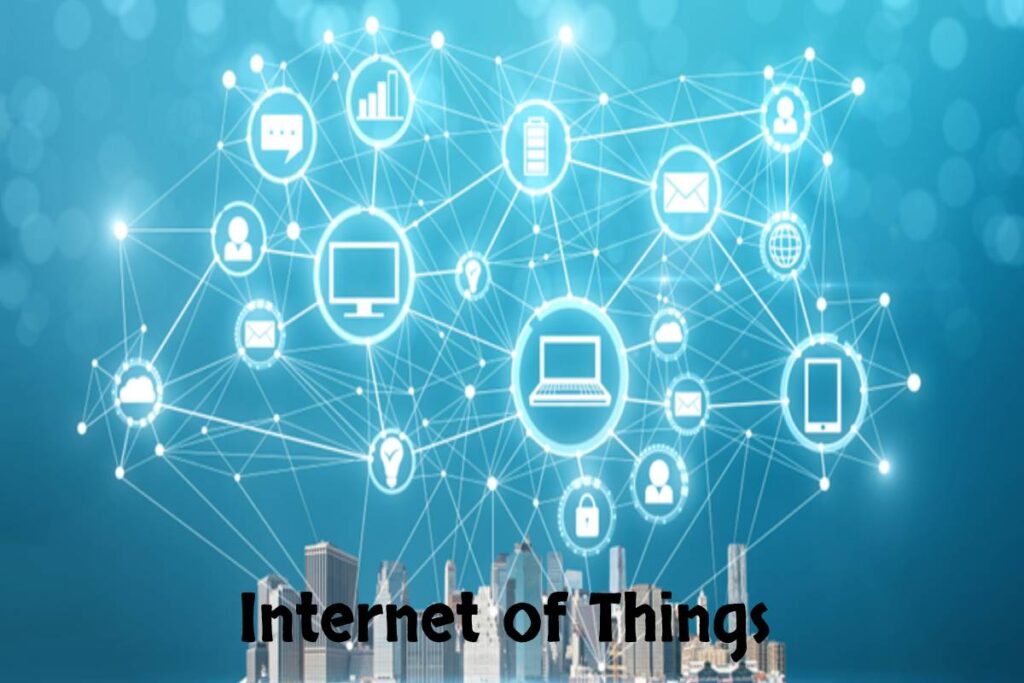Today we can connect to the Internet our mobiles, printers, Smart TV, cameras via IP, GPS, and many electronic devices that have this functionality. But have we reached the ceiling, or is this just the beginning of a new Internet era??
For a few years now, people began to talk about the IoT being nothing more than a bet for the future and now beginning to be an absolute reality. It is increasingly common to find new devices capable of connecting to the Internet and allowing the user to control and manage remotely from anywhere in the world, but this has only just begun. We will talk about today in this article. Since it is a non-concrete idea, some people do not understand what it is concretely.
Table of Contents
What is the IOT [Internet of Things]?
- The Internet of Things is nothing, but a digital interconnection network between devices, people
- The Internet itself, that allows the exchange of data between them allowing essential information on the use and performance of instruments and objects.
What will it provide?
- The main objective that this technology aims to achieve is to make our lives more comfortable and provide greater security in various areas.
- Let’s take an example: Let’s imagine a refrigerator that could warn us
- When it lost temperature or indicate that some food has expired or has passed or a desk that will record where everything ends, or that we could know where each object is.
Is it possible to connect the network to everything?
- The main drawback of delaying this advance is the addressing limitation offered by the current ipv4 protocol
- Where it would not be possible to interconnect such a large number of devices and objects.
- For this reason, the transition to ipv6, the new addressing protocol that will allow the almost unlimited interconnection of any object
- The evolution and implementation of the Internet of Things, is imminent.
- Once this obstacle has been avoided, and with the progressive cheapening of this technology over time, it will not only be possible.
- If not necessary, due to its usefulness and the large number of applications that we can carry out with the Internet of Things.
- Think of intelligent clothing, gadgets implanted in our body to ensure our health, or why not?
How does the Internet of Things affect security or privacy issues in our lives?
- Well here, as we always find ourselves with the eternal dichotomy
- If we interpret the advantages, in terms of physical or property security, undoubtedly we are going towards a safer environment
- If on the contrary, we realize that all this exchange of information ends up being very particular, and personal, of each one of us, and that speaks of trends, tastes, desires, passions medical data, hobbies, sensations, current variables
- Security becomes a “control in the hands alien “(euphemistically LA CLOUD) that makes us increasingly vulnerable (euphemistically BIG DATA).
- In this way, focusing on physical and property security in any person’s life, whether on his person, on his business, home, etc
- However, it will have a vital role, either by increasing the security of homes, vehicles, and assets.
- And also, personal or simply about people
- Also, each of the objects had their particular connection to the Internet.
- We could know where the said object is located and reduce the possibility of losing it to practically zero.
- And For example, in cardiac arrest cases, they call the emergency room directly, devices that alert us before suffering an asthma crisis.
- For example, new technologies and all these new concepts
- It doesn’t matter if they are called home automation, inmates, AmI, Ambiance Intelligence, Smart Objects, Smart Cities, Smart Grid, IoT, or “a happy world.”
- Like everything in life, the technological avalanche is unstoppable. The benefits are inexcusable.
- The rest of society will have to stop factors that have to do with privacy, rights and duties, and everything related to recognizing personal dignity.
What capabilities it has?
1. Communication and Cooperation
- The objects will have the ability to connect to Internet services or each other.
- Exchange and update data between them, and establish communications with the servers.
2. Addressing capacity
- Firstly, this class of devices can be configured and located from anywhere on the network.
3. Identification
- Objects identify using technologies such as RFID (Radio Frequency Identification).
- NFC (Near Field Communication), optical reading barcodes, or hundreds of other ways to recognize a device on a network
4. Location
- They will know about their physical location at all times, being able to understand where they are at all times.
5. Performance
- Certain things will manipulate the environment.
What will be the levels of the devices?
According to experts, there will be at least four to five levels of intelligence:
- Level 1: Identity. The object will be able to be uniquely identified
- Level 2: Location. It will be possible to know where the thing is or where it has been.
- Level 3: State. It will be able to communicate the state it is in as well as its characteristics.
- Level 4: Context. The thing will be able to perceive the environment in which it is.
- Level 5: Criterion. The thing communicates, identifies itself, locates itself, analyzes its environment, decides and executes according to its criteria.

